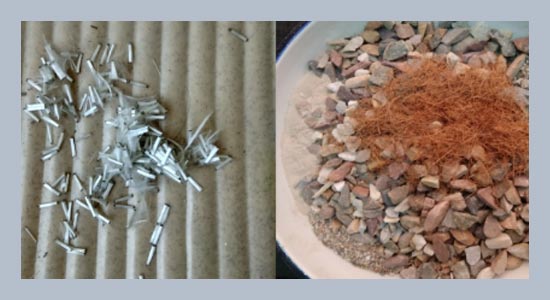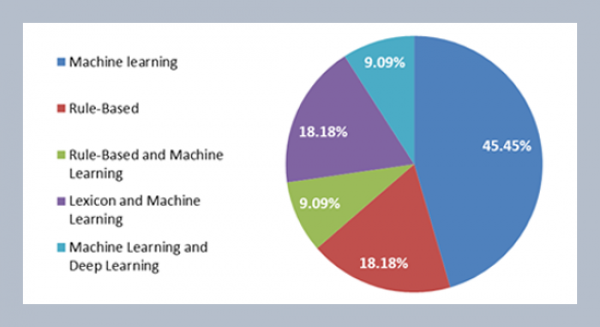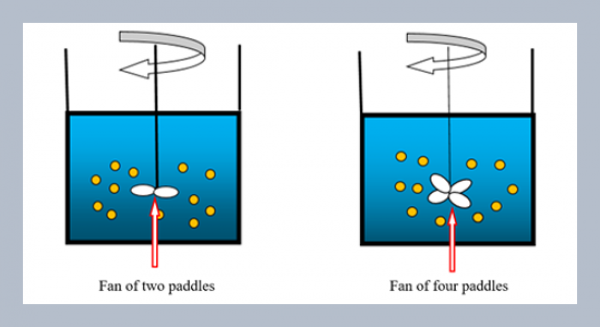Sambhav Jain1*, Harpreet Singh2, Tanuj Chopra3 1 Department of civil engineering, Thapar University, Patiala, India
2 Standard & Research Zone, MoRT&H - IIT Roorkee, Delhi, India
3 Department of civil engineering, Thapar University, Patiala, India
Download Citation:
|
Download PDF
Bituminous mixtures are used as wearing and base course layers in a pavement structure and the performance of these mixes can be defined by its resistance against deformation, fatigue cracking, damage due to moisture and overall stiffness of the mixture. Rutting is one of the most important factors that lead to permanent failure of flexible pavements. The stone matrix asphalt (SMA) mixture is known to be highly rut resistant than other conventional wearing courses such as bituminous concrete. This paper describes the experimental examination conducted on stone matrix asphalt (SMA) mixes prepared using VG 30 grade of bitumen and different types of fibers such as cellulose fiber, coconut fiber, glass fiber and jute fiber as their additives. Results were then collated with SMA mixes prepared with different types of fibers. Investigation work comprises SMA mix design, static indirect tensile strength (ITS) and drain down test. From the test results, it was perceived that SMA with cellulose fiber has higher Marshall Stability and slightly lower drain down percentage as compared to all other fibers used. But indirect tensile strength for SMA mix prepared with jute fiber was higher than all other mixes.ABSTRACT
Keywords:
Cellulose fiber; Coconut fiber; Glass fiber; Jute fiber; ITS; Drain down.
Share this article with your colleagues
REFERENCES
ARTICLE INFORMATION
Received:
2017-06-29
Revised:
2020-03-22
Accepted:
2020-10-15
Available Online:
2020-12-01
Jain, S., Singh, H., Chopra, T. 2020. Laboratory investigations and performance evaluation of stone matrix asphalt as a wearing course using three different fibers. International Journal of Applied Science and Engineering, 17, 411–418. https://doi.org/10.6703/IJASE.202012_17(4).411
Cite this article:
Copyright The Author(s). This is an open access article distributed under the terms of the Creative Commons Attribution License (CC BY 4.0), which permits unrestricted use, distribution, and reproduction in any medium, provided the original author and source are cited.















